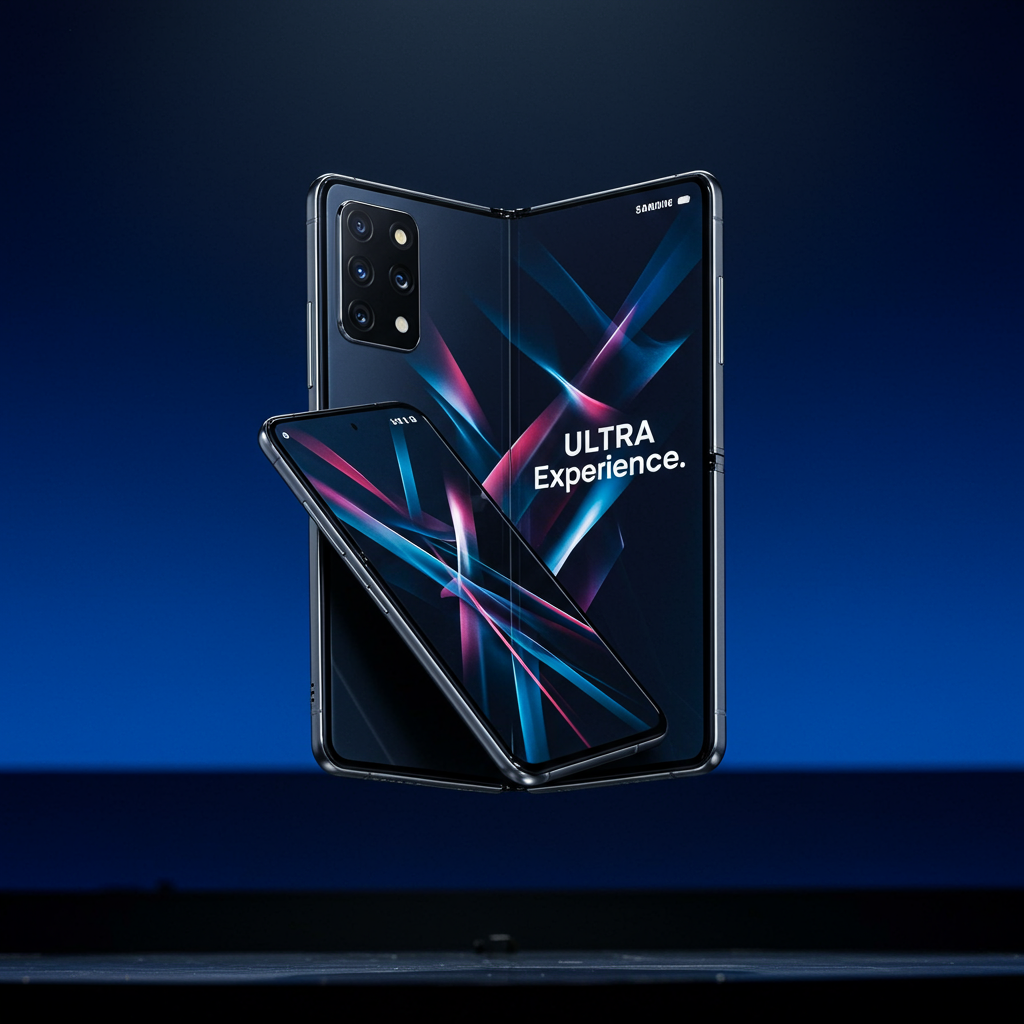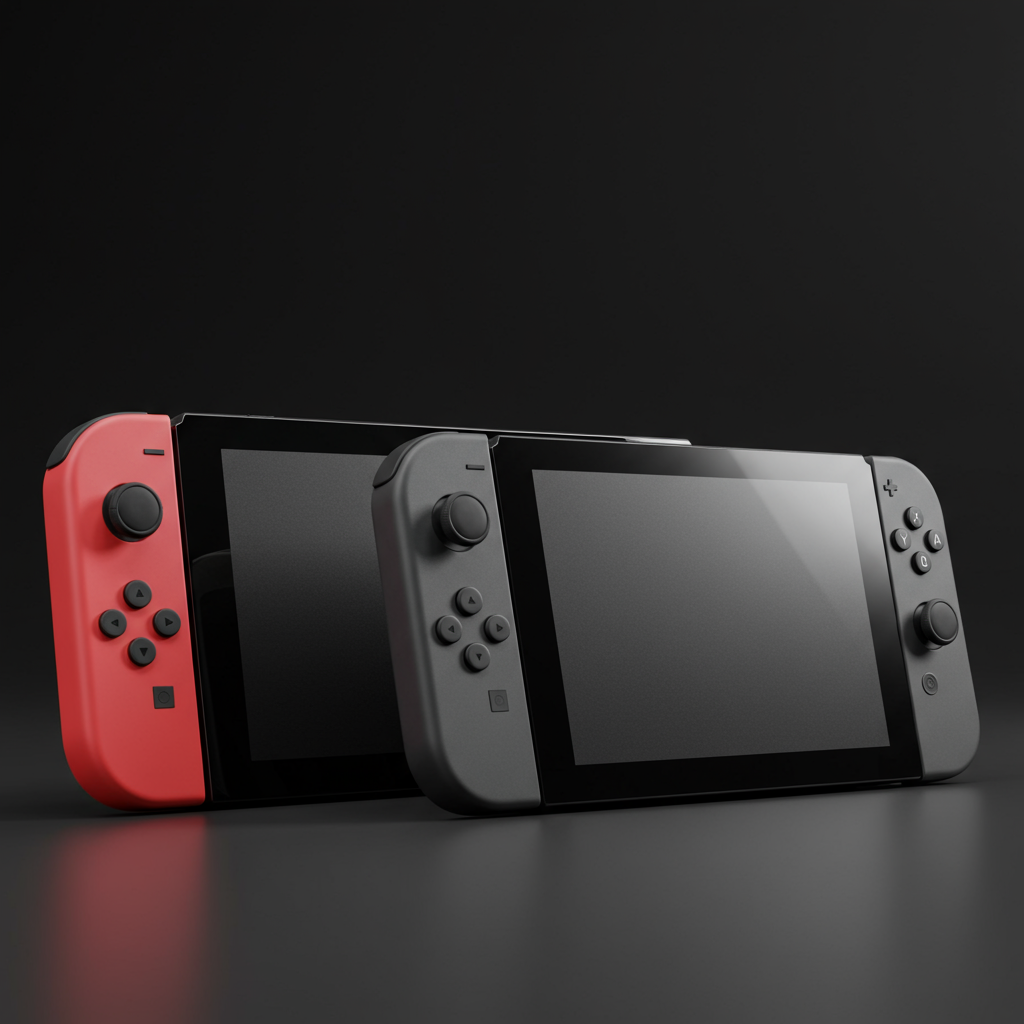Samsung is pulling out all the stops to build excitement for its next generation of foldable phones, the likely Galaxy Z Fold 7 and Galaxy Z Flip 7. With their anticipated launch just weeks away, possibly at an early July Galaxy Unpacked event, the tech giant has unleashed a barrage of teasers promising the “Ultra experience.”
This pre-launch hype train started weeks ago with promises of “cutting-edge performance and seamless AI integration optimized for the foldable format,” directly invoking the high expectations associated with the Galaxy S Ultra line. Subsequent teasers doubled down, claiming the new foldables would be the “thinnest, lightest and most advanced yet,” and specifically touting an AI camera upgrade.
Samsung clearly wants consumers to believe the Galaxy Z Fold 7 and Z Flip 7 will deliver something truly revolutionary. But based on the current wave of leaks and rumors, there’s a growing concern that the reality might not live up to the “Ultra” branding, potentially leading to disappointment.
What Rumors Tell Us About the Z Fold 7 and Z Flip 7
While Samsung paints a picture of groundbreaking innovation, the whispers from the rumor mill suggest more evolutionary, rather than revolutionary, upgrades.
Galaxy Z Flip 7: This flip phone seems set for a standard refresh. Expect the new Snapdragon 8 Elite chip (though Exynos variants might appear elsewhere), potentially slightly larger main and cover screens, and maybe a bigger battery. However, significant camera improvements don’t appear to be on the horizon for the Flip 7.
Galaxy Z Fold 7: The larger Fold is expected to get a more substantial upgrade, potentially including the powerful 200MP main camera sensor seen in the Galaxy S Ultra series. It’s also tipped for larger displays and, naturally, the Snapdragon 8 Elite processor.
Focus on Thinness: Is Thinner Always Better?
A key theme in Samsung’s marketing and a major point of speculation is the Galaxy Z Fold 7’s extreme thinness. The current Z Fold 6 measures 5.6mm when unfolded. Rumors indicate the Z Fold 7 could shrink dramatically to somewhere between 3.9mm and 4.5mm, potentially making it one of the thinnest foldables ever released, possibly even thinner than rivals like the Google Pixel Fold (5.1mm) or the globally available Oppo Find N5 (4.2mm).
While achieving such a slim profile is an impressive engineering feat, the question remains: is shaving off a millimeter or two enough to convince someone who hasn’t yet adopted a foldable to make the jump? For many potential buyers still hesitant about foldable phones, concerns like durability, the screen crease, or price likely outweigh the marginal gain in thinness.
Beyond Thinness: What Does an “Ultra” Foldable Need?
To truly earn the “Ultra” moniker and justify the significant hype (and likely high price tag), the Galaxy Z Fold 7 needs features that leverage its unique form factor in meaningful ways.
Enhanced multitasking that fully utilizes the rumored 8-inch inner display is crucial. While Samsung’s current foldables offer multitasking features, optimizing more apps and workflows for the large screen could be a game-changer. Samsung’s mention of “seamless AI integration optimized for the foldable format” suggests specific Galaxy AI features tailored for the Fold, which could add substantial value and support the “Ultra experience” narrative.
Other potential upgrades that would feel genuinely “Ultra” include dramatically improved battery life (a common challenge for foldables) or unique functionality beyond just folding. The camera upgrade to 200MP is promising, but its real-world performance compared to the S Ultra series and competitors will be key. The fate of S Pen support also remains uncertain, with conflicting rumors suggesting either its removal for thinness or the introduction of a new, improved S Pen, the latter being highly desirable for the large inner screen.
The Elephant in the Room: Affordability
Conspicuously absent from Samsung’s hype is any mention of price. Given that both the Z Fold 6 ($1,899) and Z Flip 6 ($1,099) saw $100 price hikes last year, the silence is concerning. While foldables are inherently more expensive than traditional phones, the lack of focus on making them more accessible is a potential pitfall.
Reports about a cheaper Galaxy Z Flip FE model have gone quiet, suggesting it might not be part of the upcoming launch event. This is a missed opportunity, especially when competitors like Motorola offer Razr models at lower foldable phone prices. Samsung’s continued focus solely on premium, high-cost devices risks alienating a significant portion of the market who might be interested in foldables if they were more affordable.
Competition is Ramping Up
Samsung isn’t the only player in the foldable space. Competitors are also innovating, particularly in areas like thinness and display aspect ratios. The Vivo X Fold 5 is rumored to launch shortly before Samsung’s Unpacked, potentially stealing the “world’s thinnest foldable” title before the Z Fold 7 even arrives. Vivo’s device is also expected to feature a more conventional, wider cover screen aspect ratio compared to the tall, narrow screen that Samsung has historically favored for the Fold line – a design choice that remains controversial among users.
Why the Hype Could Backfire
Ultimately, Samsung’s aggressive pre-launch promotion sets an incredibly high bar. If the Galaxy Z Fold 7 and Galaxy Z Flip 7 arrive in July as simply iterative upgrades with expected processor bumps, slightly larger screens, improved thinness, and one notable camera upgrade on the Fold, while maintaining their high price tags and without introducing truly game-changing foldable-specific features or addressing the affordability issue, the intense “Ultra experience” marketing could easily backfire.
Consumers might feel that the hype didn’t match the reality, leading to disappointment and questioning what all the fuss was about. The July Unpacked event will reveal if Samsung can deliver on its lofty promises or if its own hype machine has created expectations the new foldables simply cannot meet.




